Affiliate links on Android Authority may earn us a commission. Learn more.
HTC U12 Life hands-on: Last chance at life
August 30, 2018
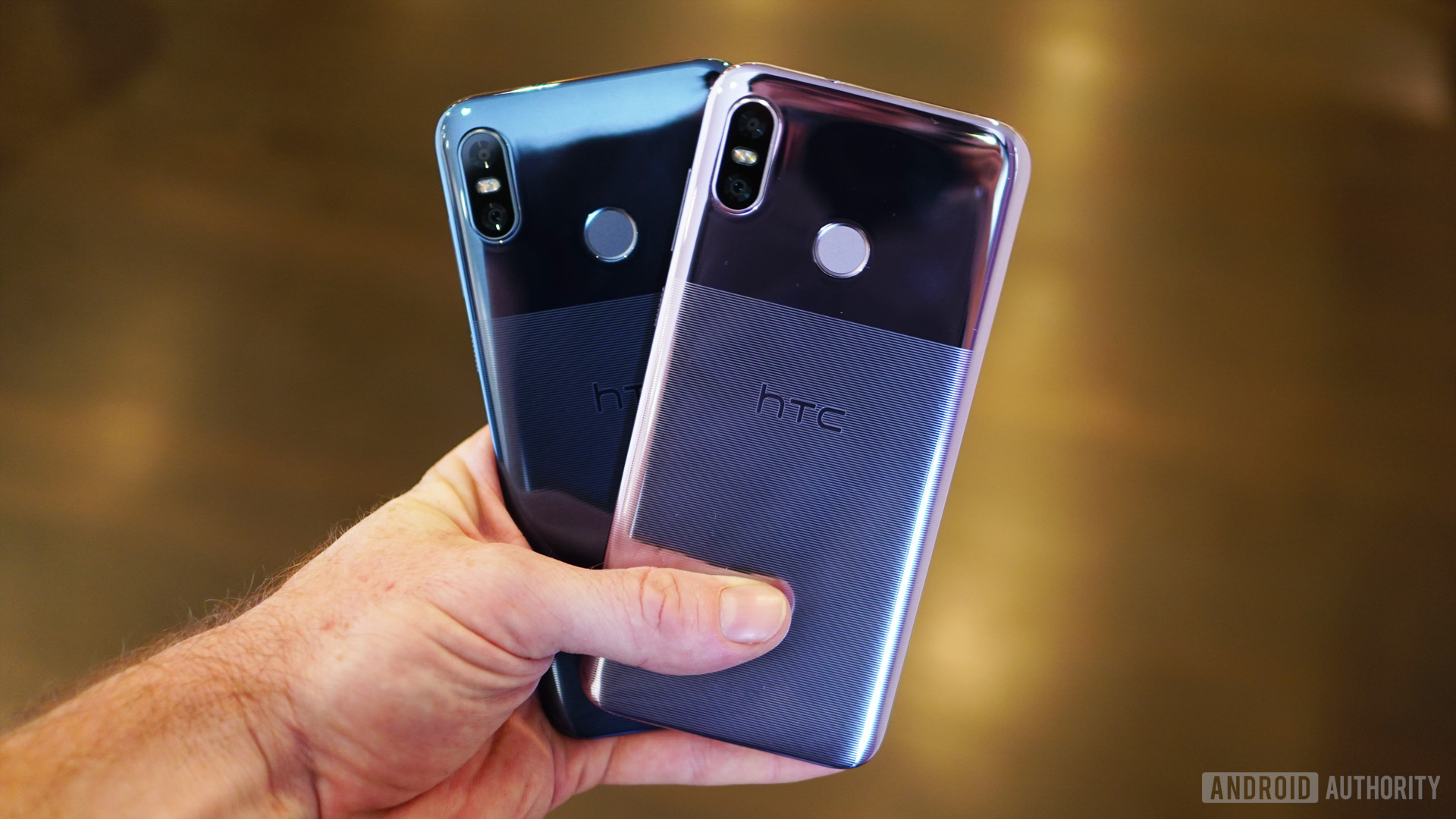
The HTCU12 Life feels like it was created from scratch. In a vacuum. It’s a peculiar device that’s a little difficult to pin down. It doesn’t share all that much in common with its predecessor the U11 Life, and not so much with its namesake the U12 Plus either. It does away with HTC staples like Edge Sense and Sense Companion – coming with what HTCcalls “Light Sense” instead – leaving it feeling a little hollow inside.
Compared to the U11 Life, the HTCU12 Life ditches the IP rating, reintroduces the 3.5mm headphone jack, swaps out the display technology, decreases the selfie camera resolution and bumps the screen size significantly. It’s weird.
Let’s get into this HTCU12 Life hands-on, because there’s a fair bit that needs unpacking here.
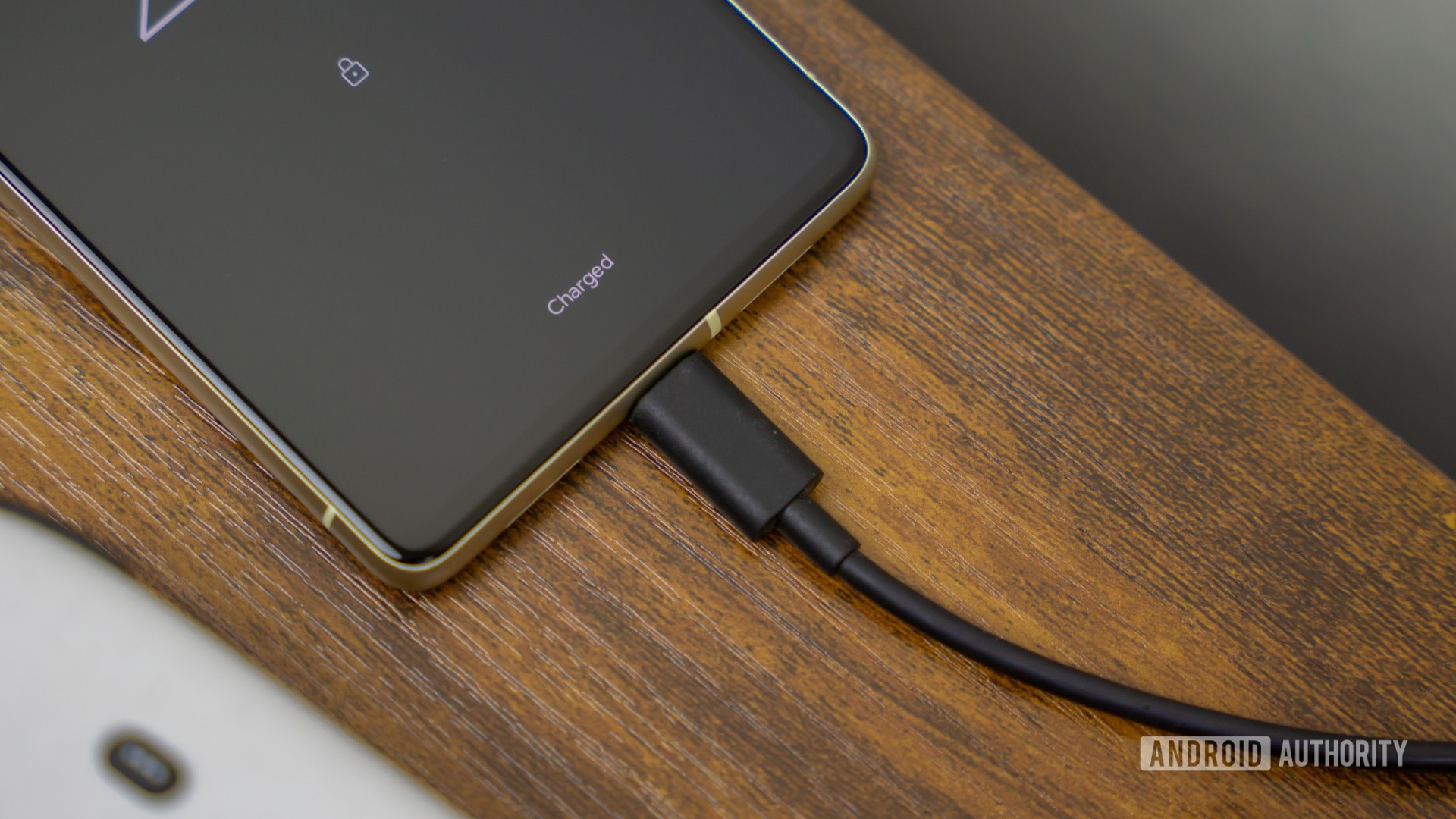
The HTCU12 Life is what HTCcalls rocket science. Coming up with a flagship phone that has the latest and greatest, at a high price? A piece of cake. Coming up with a mid-tier device that cuts just the right corners, while keeping enough people happy to appeal to the masses and show true value? That’s what HTCsays is the hardest job of all.
The HTCU12 Life is a peculiar device that's a little difficult to pin down.
So what corners have HTCcut, and have they got it right? Well, the big surprise is actually what they’ve added, rather than subtracted.
Display
The HTCU12 Life display measures 6.0 inches on the diagonal, compared to the 5.2-inch panel found on the U11 Life. The U12 Life features a low-temperature polycrystalline silicon (LTPS) panel, as opposed to the U11 Life’s IPS LCD. It’s all about reduced energy consumption. Thanks to the different aspect ratio (from 16:9 to 18:9), the resolution increases slightly to 2,160 x 1,080 pixels, but due to the larger screen, the pixel density drops marginally from 423 ppi to 402 ppi.
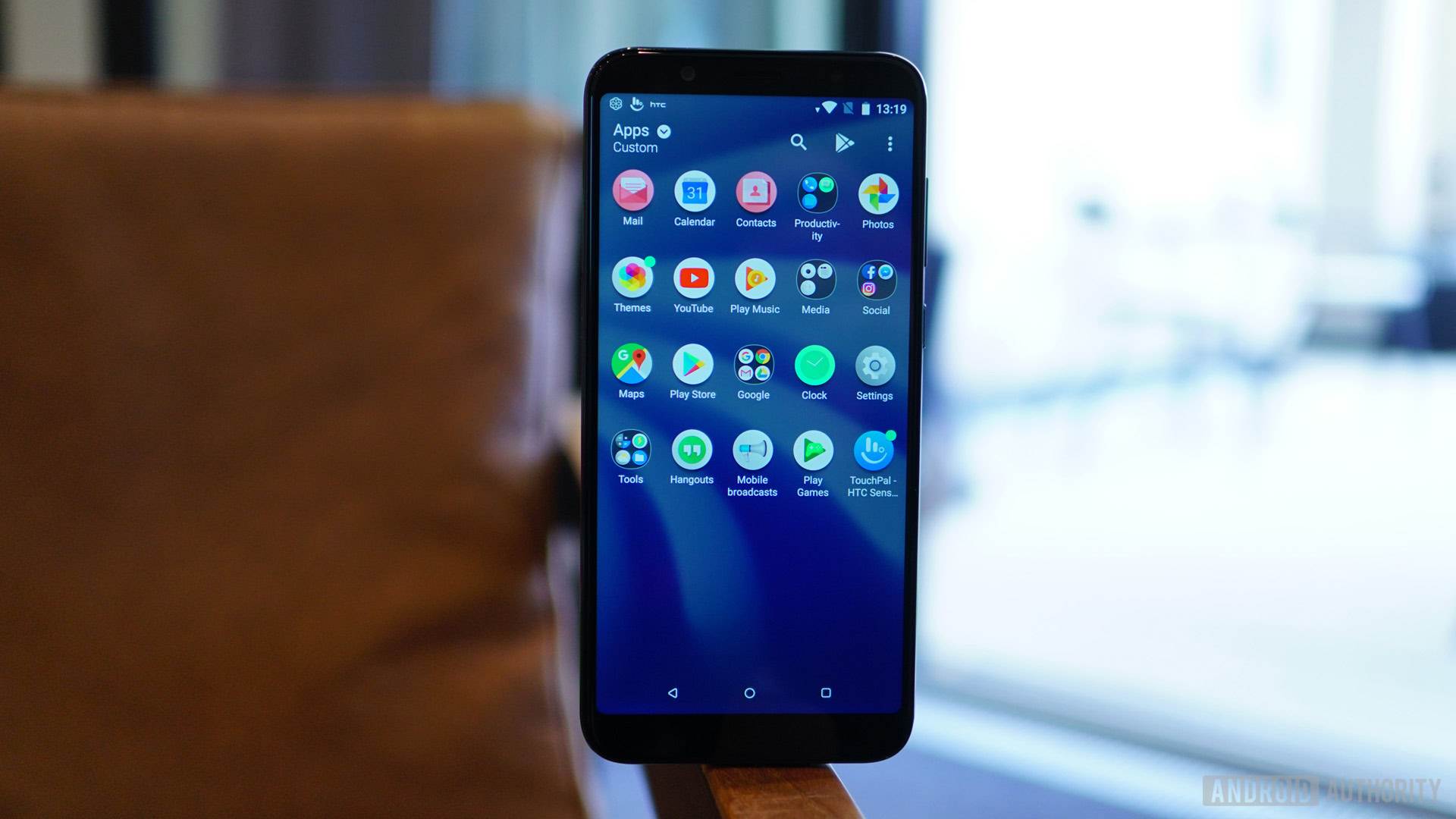
There’s no notch here and HTCsays it is committed to avoiding the notch in upcoming phones too. Bezels aren’t exactly huge but they’re not exactly small either, with the U12 Life screen occupying 83 percent of the device’s footprint. With less bezel in which to live, the fingerprint scanner has migrated to the back of the U12 Life.
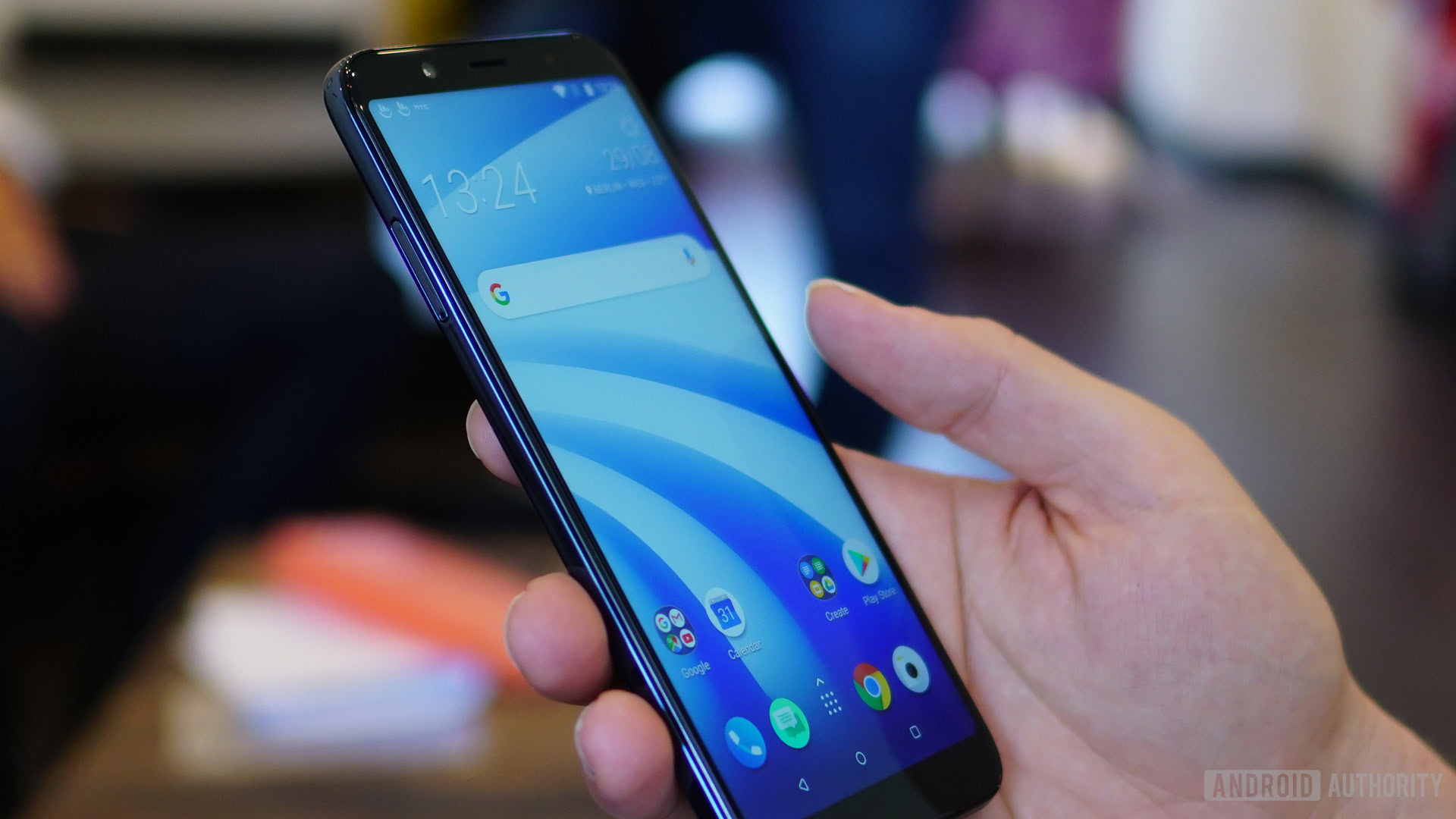
Design
The liquid surface design language of the U11 Life is still sort of in effect here, but there looks to be a pinch of Pixel thrown in for good measure. The top portion of the U12 Life is the same fingerprinty mess you’d expect from a shiny glass-backed phone, but, as with the U11 Life, HTChas opted for acrylic here over something more expensive like Gorilla Glass. There are tiny pieces of metal in the acrylic unibody to create another mouthful of design: “optical spectrum hybrid deposition”. That sounds great and all, but about all I can tell you is that it’s shiny and nice. A materials scientist I am not.
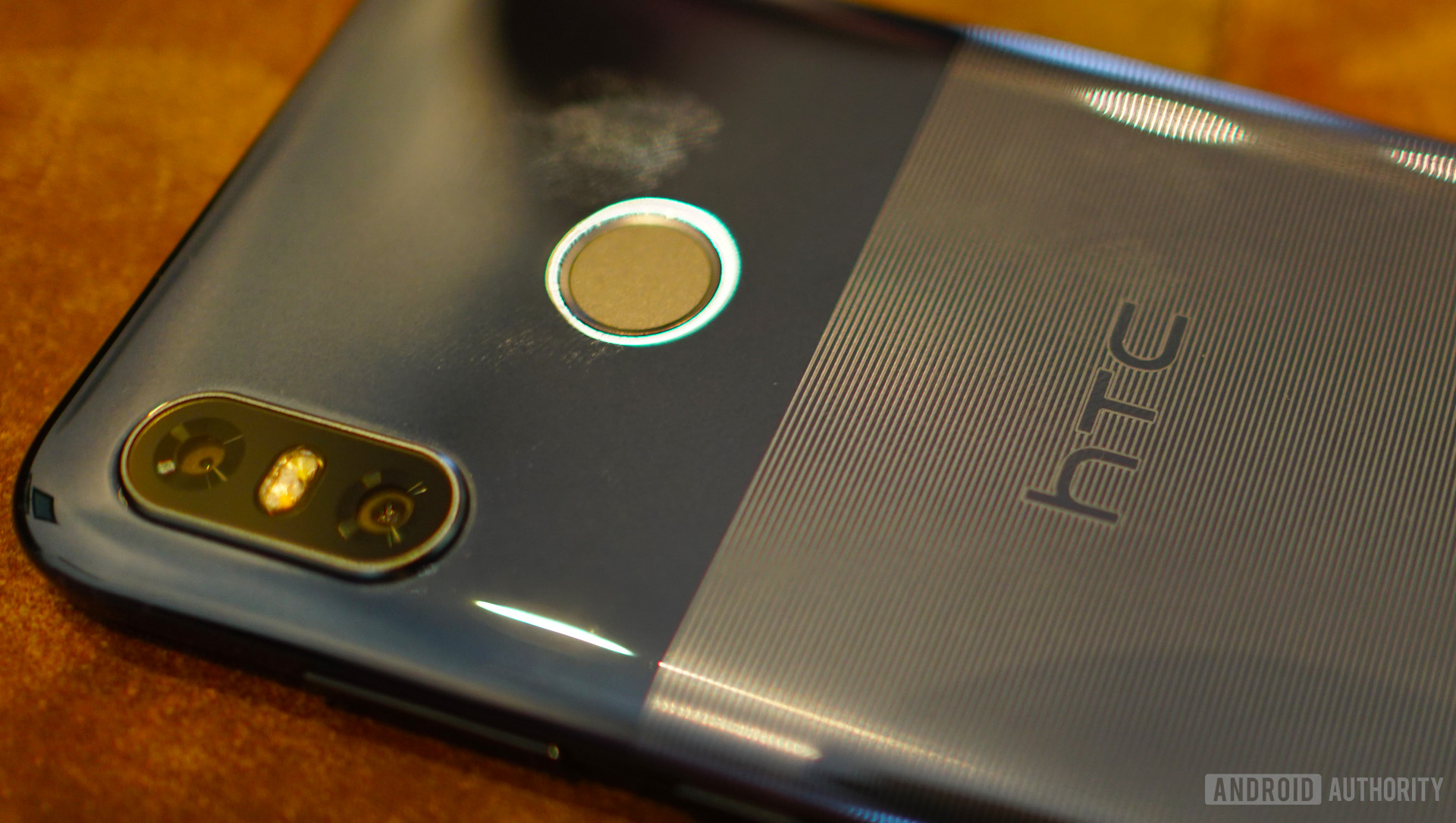
The bottom two-thirds of the phone have been etched with “3D Ultra Stripes” for better grip and fewer fingerprints. The design change works as advertised and makes a great zip-like scratching sound for the fidget-inclined among us. The HTCU12 Life will come in Moonlight Blue and Twilight Purple. Both options change color depending on their environment and what they’re reflecting, shifting from bright blue and silver to deep navy and purple.
The bottom two-thirds of the phone have been etched with '3D Ultra Stripes' for better grip and fewer fingerprints.
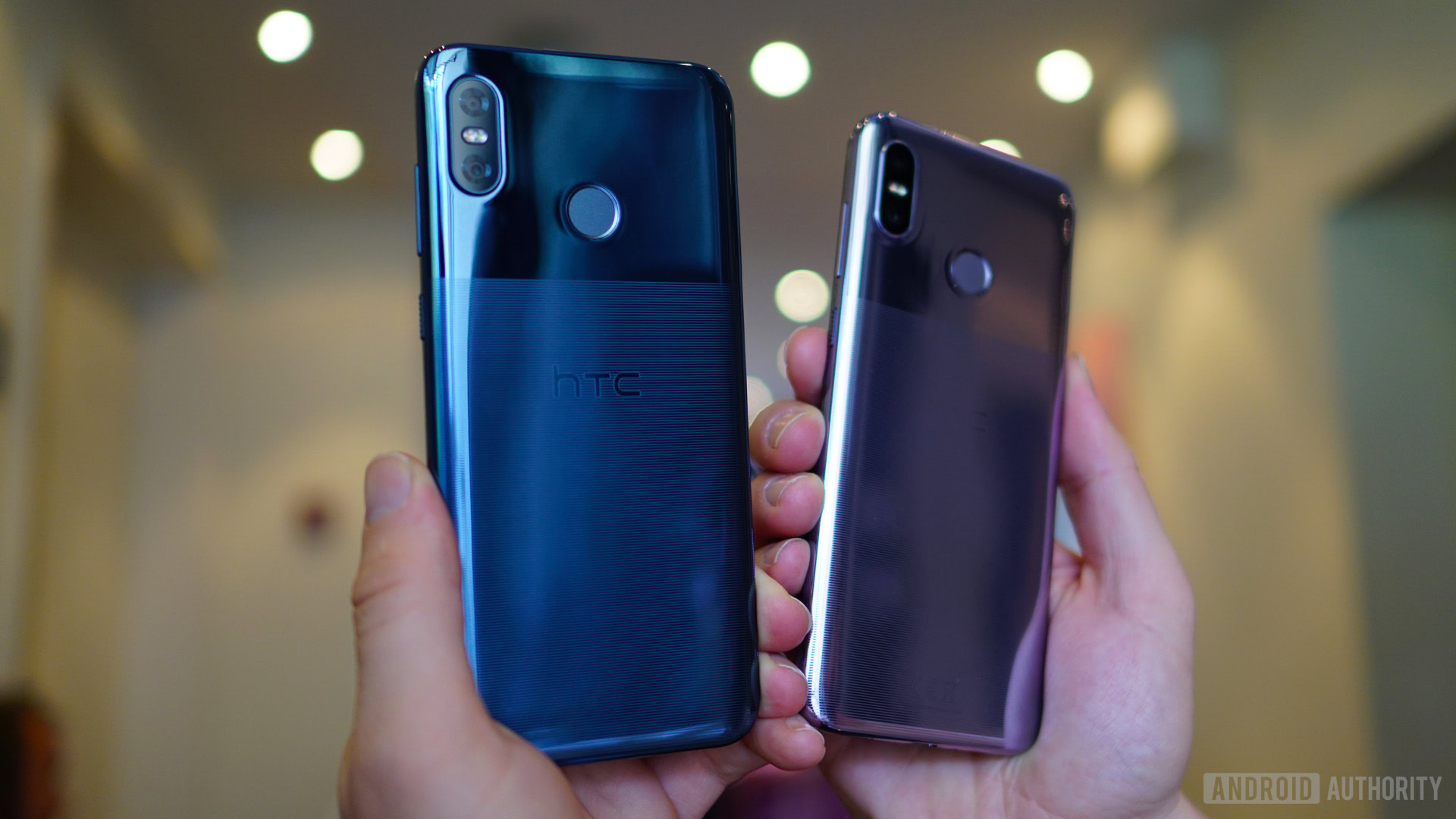
In case you were worried, there are no capacitive buttons here, probably due to the added cost rather than the added frustration. Whatever the cause, the U12 Life dodges that particular bullet.
Hardware
The reintroduction of the 3.5mm headphone jack represents another bullet dodged. HTCapparently now understands just how unpopular the decision to move to USB Type-C or wireless audio is for most people, and has wisely decided to bring it back. HTCconfirmed that several other upcoming devices will follow suit, but no one was willing to guarantee it’ll be back to stay on all HTC phones.
The U12 Life adds a hybrid dual-SIM tray that you can add a microSD card to if you need additional storage, a nice upgrade from the U11 Life. You’ve also got stereo speakers and bundled headphones in the box, and of course, the usual Oreo audio codecs are supported. One point on the stereo speakers, which appear in the BoomSound Hi-Fi Edition layout of bottom-firing and earpiece: HTCdoesn’t consider them to be worthy of the BoomSound label.
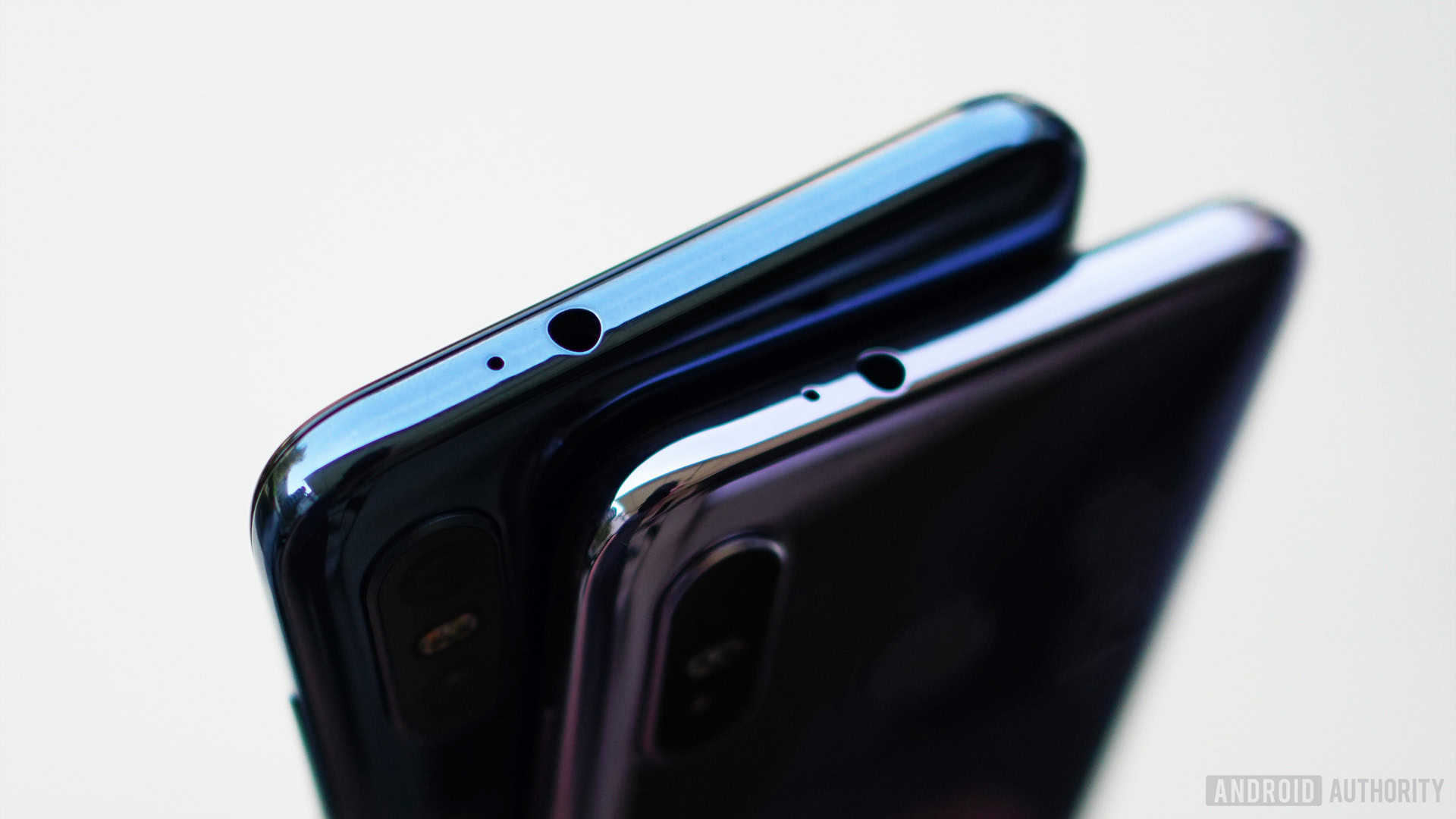
There’s no official IP rating here – again likely due to cost (IP certification is an expensive business) – but HTCsaid the U12 Life is “splash-resistant,” compared to IP67 on last year’s U11 Life.
Specs
The HTCU12 Life is powered by the 14nm Qualcomm Snapdragon 636 mobile platform, not the rumored 660. I asked if the 660 was tested internally and was told it was not; the 660 showing up in benchmarks was a reporting error. HTCevidently prefers the energy efficiency of the octa-core 1.8GHz Snapdragon 636 over the additional performance of the 660. The U12 Life version going global comes with 4GB of RAM and 64GB of storage, up from the 3GB and 32GB in the U11 Life. A 128GB variant will appear in Taiwan only.
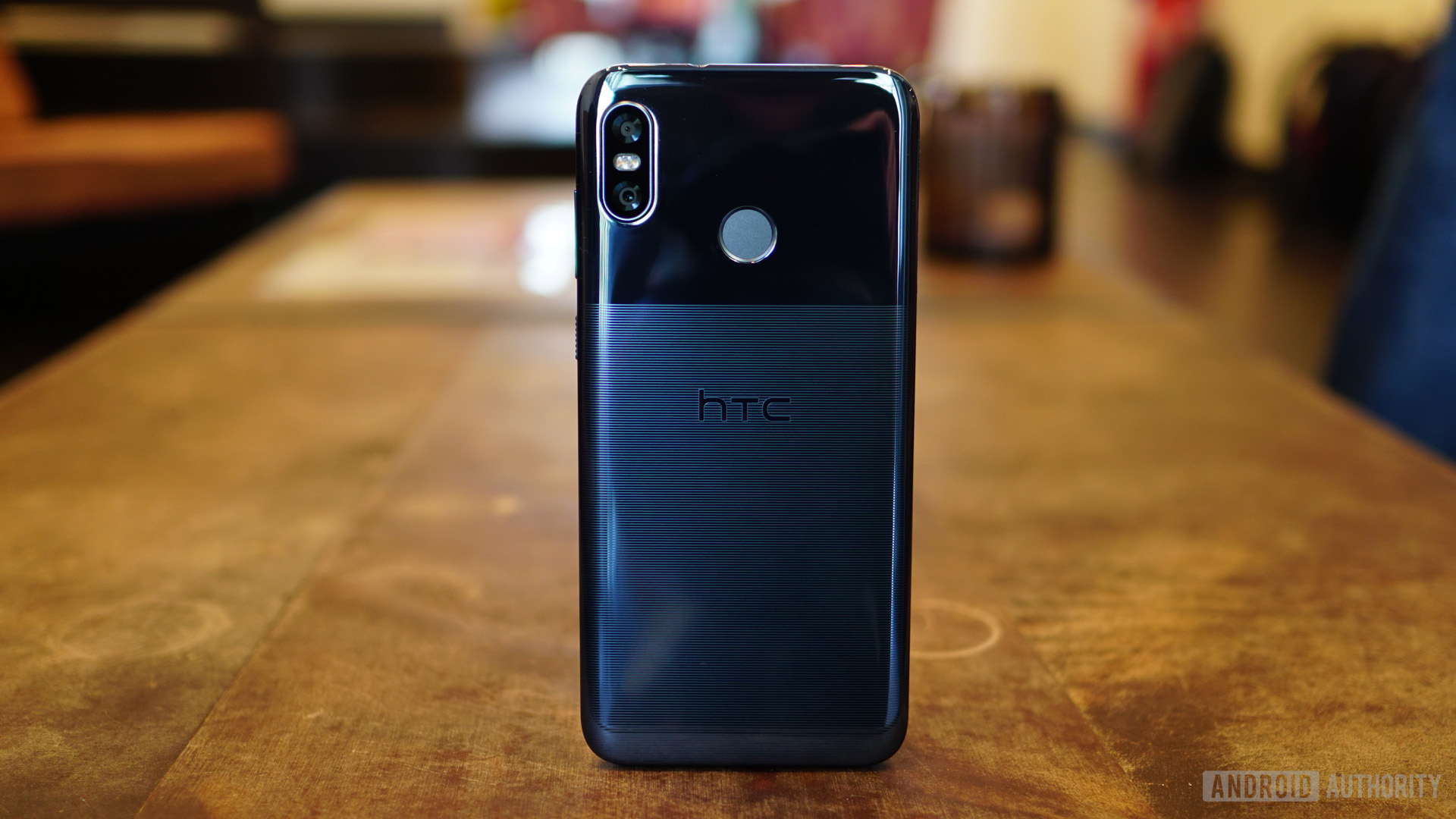
The 636 brings with it the Adreno 509 GPU, X12 LTE modem for up to 600Mbps peak download and 150Mbps peak upload speeds (Cat. 11), and the Spectra 160 ISP. We were unable to get any camera samples during our HTCU12 Life hands-on time.
Powered by the 14nm Qualcomm Snapdragon 636 mobile platform, not the rumored 660.
Bluetooth 5, NFC, and a significantly larger 3,600 mAh battery with fast charging are also included. There’s no support for Qualcomm Quick Charge here, but HTCsays the U12 Life battery will charge to 50 percent capacity in around 40 minutes.
| HTC U12 Life | |
|---|---|
Display | 6.0-inch LCD 2,160 x 1,080 resolution 18:9 aspect ratio |
SoC | Qualcomm Snapdragon 636 Mobile Platform, octa-core, 64-bit |
GPU | Adreno 509 |
RAM | 4 or 6GB |
Storage | 64 or 128GB MicroSD card slot |
Cameras | Rear cameras: 16MP + 5MP sensors, phase detection autofocus, dual-LED flash, f/2.0 aperture, HDR, 4K video recording Front camera: 13MP sensor, f/2.0 aperture, LED flash, HDR, FHD 1080p video recording |
Battery | 3,600mAh |
IP rating | N/A |
Sensors | Ambient light sensor Proximity sensor Motion G-sensor Compass sensor Gyro sensor Magnetic sensor Fingerprint sensor Sensor Hub for activity tracking |
Network | 2G/2.5G GSM/GPRS/EDGE - 850/900/1800/1900MHz 3G UMTS - 850/900/1900/2100MHz - HSDPA 42, HSUPA 5.76 4G LTE - Dual 4G LTE Nano SIM (availability varies by region) - FDD: Bands 1, 2, 3, 4, 5, 7, 8, 12, 17, 20, 28, 32, 66 - TDD: Bands 38, 40 - Supports Cat 11 downloads up to 600Mbps, upload up to 75Mbps |
Connectivity | USB Type-C 3.5mm headphone jack Bluetooth 5 Wi-Fi: 802.11 a/b/g/n/ac (2.4 & 5GHz) NFC GPS/GLONASS |
Software | Android 8.1 Oreo HTC Sense |
Dimensions and weight | 158.5 x 75.4 x 8.3mm 175g |
Colors | moonlight blue, twilight purple (availability varies by region) |
Camera
The U12 Life adds a second camera on the back and a front-facing LED flash on the front. The primary camera is a 16MP 1/2.8″ sensor with f/2.0 aperture and an effective 25.5mm focal length. The secondary camera is a 5MP 1/5″ sensor with f/2.2 aperture lens with an effective 23.5mm focal length. The U12 Life camera supports 4K video at 30fps and FullHD video at 60fps. The U12 Life relies on EIS and PDAF.
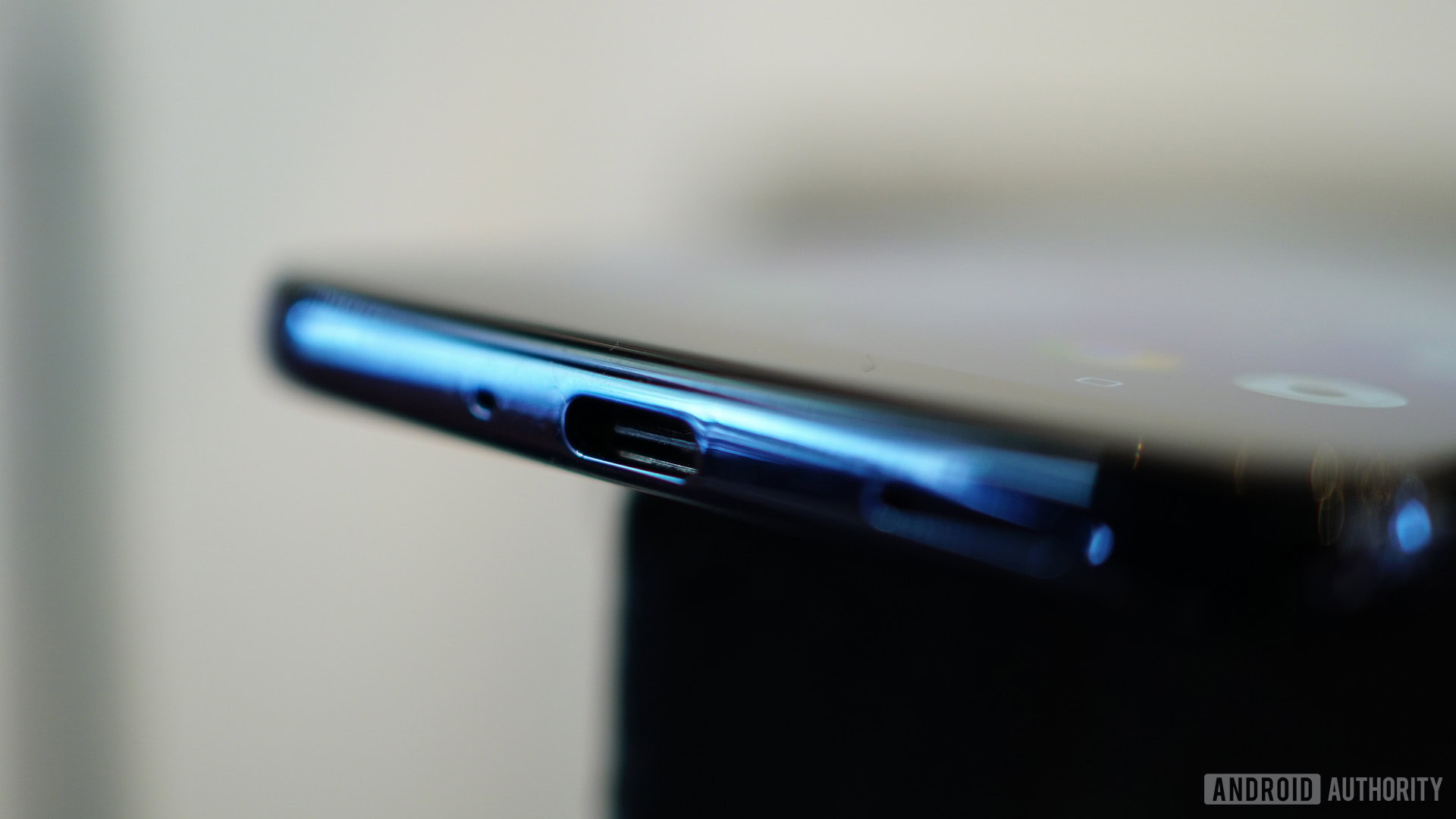
Up front, the U12 Life camera is a 13MP 1/3″ sensor with an f/2.0 aperture lens at 26.5mm effective focal length. It has a front-facing LED flash and support for HDR and the usual beauty modes. We’ll have to get back to you on image quality in the full HTCU12 Life review.
The software experience is blissfully clean, but the combination of HTCSense minus so many Sense features feels a little odd.
Software
The U12 Life software is what HTCis calling Light Sense. It does away with a few bloatware apps like the annoying News Republic, but also ditches Sense Companion and Edge Sense (HTC’s “squeezable sides” feature). In response to questions on the former, HTCsaid it didn’t add enough value and “Google Assistant is everywhere.” HTCessentially admitted development of Sense Companion has been abandoned completely, but “might” be picked up again in future. The omission of Edge Sense is a shame for those of us that like the feature, but for most people, it likely won’t be missed.
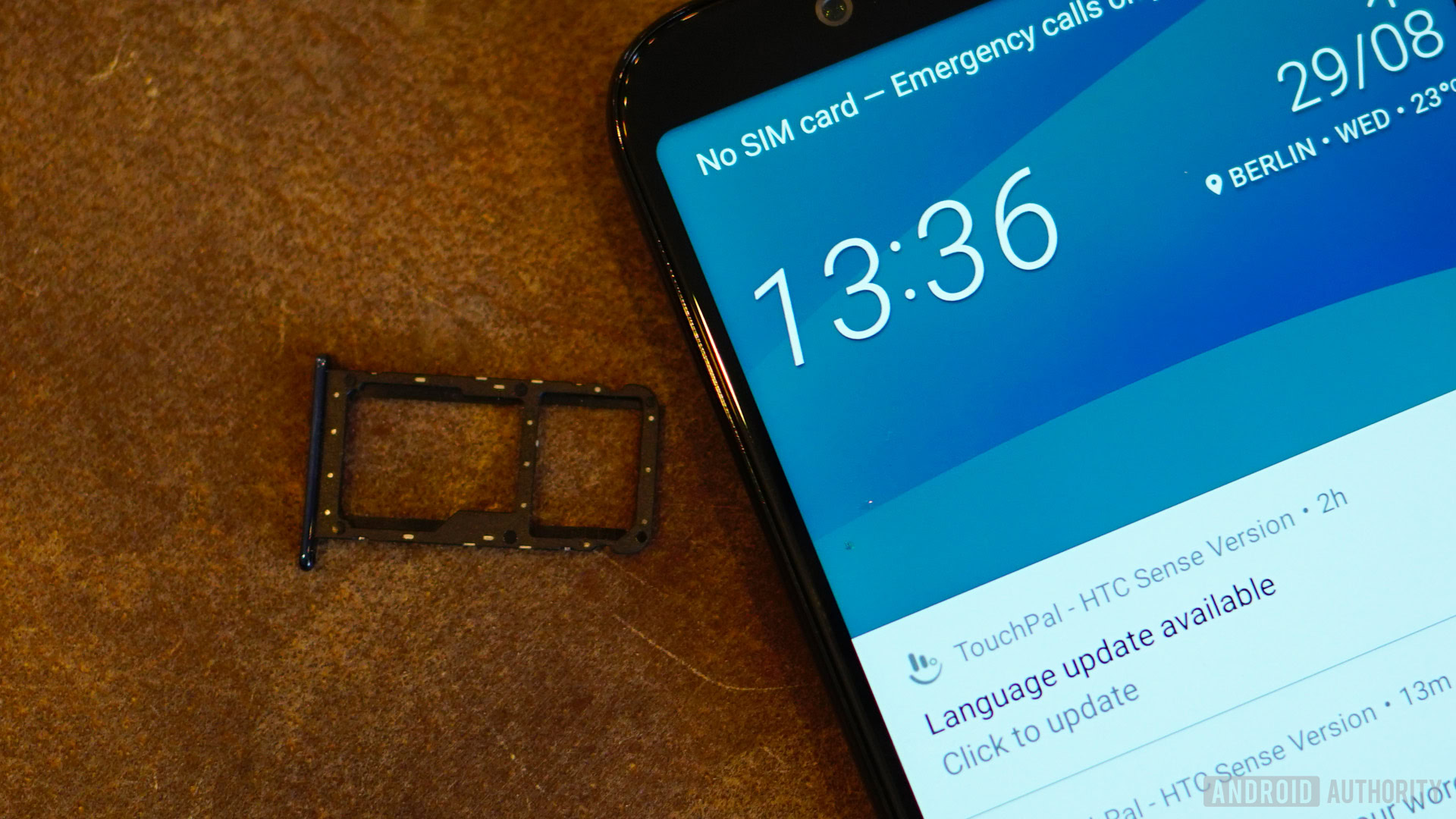
The device we used in our HTCU12 Life hands-on session is a global unit and HTCapparently doesn’t have an Android One version in the pipes. The company wouldn’t rule the possibility out entirely, but it seems unlikely. The software experience is blissfully clean, but the combination of HTCSense minus so many Sense features feels a little odd. The HTCU12 Life runs on Android 8.1 Oreo.
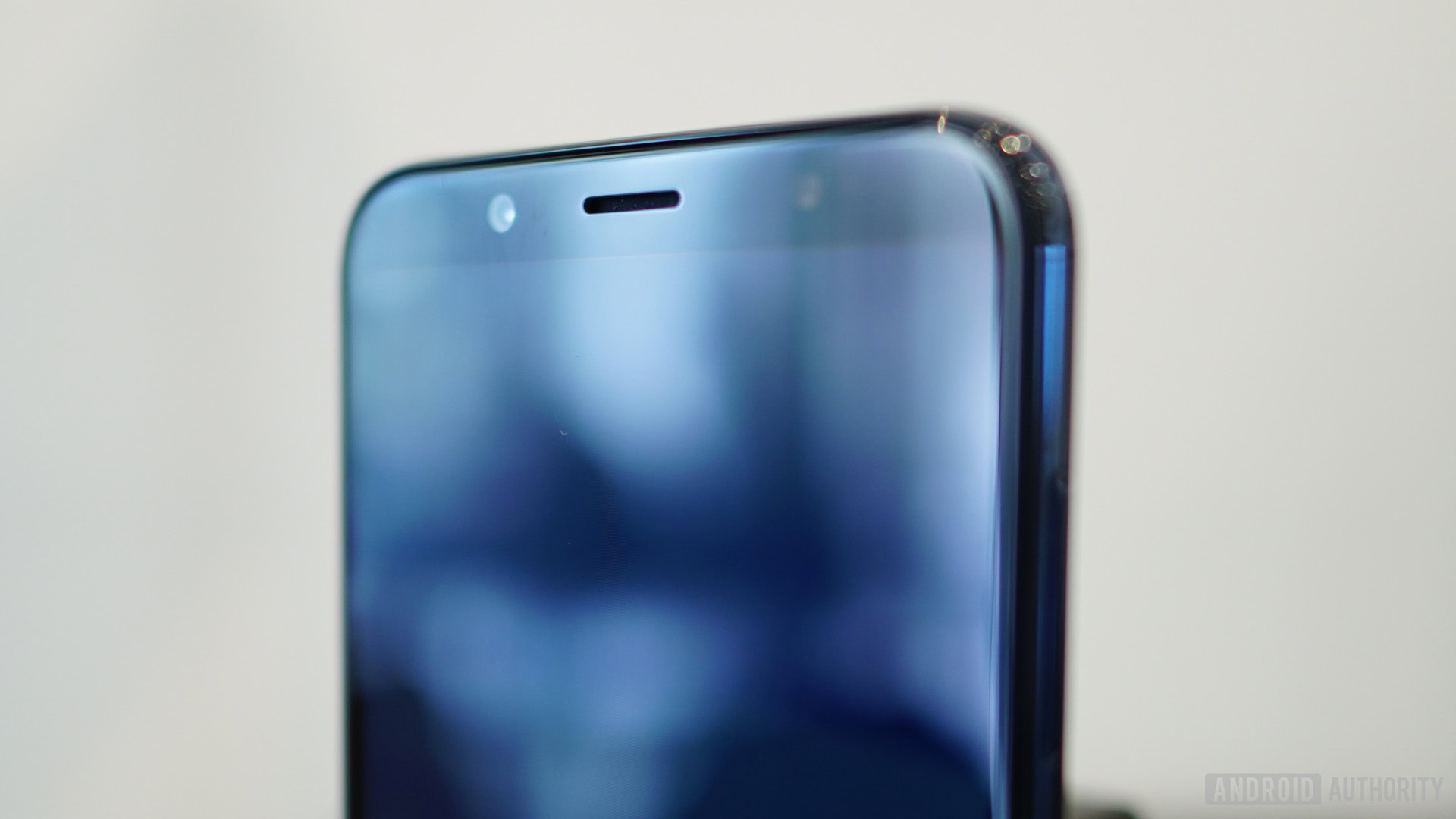
Pricing and final thoughts
HTC has often been criticised for overpricing its handsets, and often for good reason. The HTCU12 Life price is 349 euros or 299 pounds, on a par with its predecessor in Europe. You’ll have to decide for yourself if this particular constellation of additions and subtractions from the base recipe is better or worse value than the original U11 Life.
The U12 Life feels a little confused in a field of laser-focused competition.
You can still get a 10 percent discount by signing up to HTC’s newsletter at htc.com but even in the low-300s the U12 Life has some very stiff competition in the likes of the Pocophone F1, the high-end variant of the Xiaomi Mi A2, the Zenfone 5Z, and several HONOR devices. We’ll reserve judgment until the full HTCU12 Life review, but it has to be said that the U12 Life feels a little confused in a field of laser-focused competition. Perhaps HTCis right and this time it has perfected the mix – in which case the U11 Life must have been the confused device – but if HTChasn’t gotten it right this time, we may not see another Life in the series next year.
The HTCU12 Life is due to hit shelves in late September or early October in European, Asian and Middle Eastern markets.